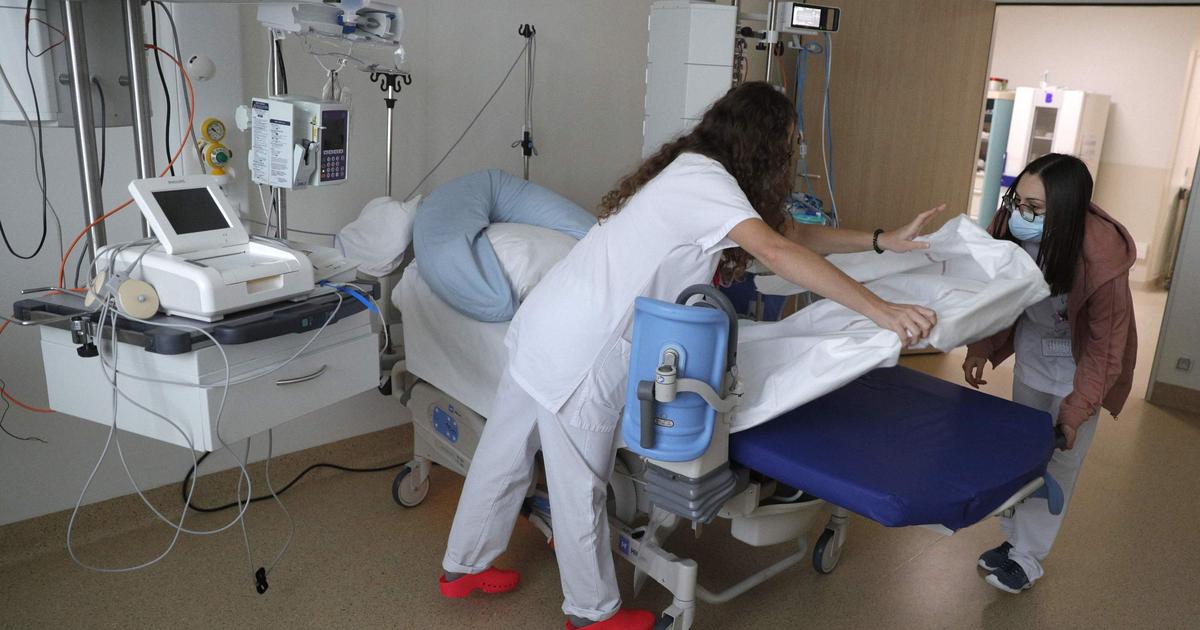Why is the epidemic still viral this year?

A flu epidemic has spread to all regions of France, as well as to large parts of Corsica and overseas. According to the Sentinels Network, the incidence of acute respiratory infections, including influenza, is estimated at 299 cases per 100,000 inhabitants (about 200,000 new cases compared to the previous week), a sharp increase from the previous week.
SOS Médecins, for its part, noted during the week of January 22 to 28 that consultations for flu/flu-like illness are increasing among all age groups.
For emergency room visits and hospitalizations for flu/flu-like illness, the OSCOUR network notes that they are also increasing comparably between age groups (+ 47%).
Why do we need to protect the most vulnerable?
For vulnerable people, vaccination is the first step in protecting yourself from the flu. While vaccination does not always prevent the flu, it does reduce the risk of complications or death.
But vaccination is far from an absolute shield: the effectiveness rate of the seasonal vaccine varies from 40 to 60% depending on age groups and strains in circulation. The good news is that the A/H1N1 type of influenza strain currently circulating in the majority is included in the vaccine formulation for this 2023-2024 season.
On average, in France, vaccination saves 2,000 lives per year among seniors aged 65 and over. For at-risk populations, including seniors, the vaccine is fully covered by health insurance.
COPD: One in two people get the flu vaccine
Individuals with respiratory failure, especially those with chronic obstructive pulmonary disease (COPD), are at significant risk of developing a severe form of influenza infection.
Despite this, they are mostly under-vaccinated. Numerous international surveys have in fact revealed dismal flu vaccination rates in at-risk populations, ranging from 23% in general to 70% in highly selected populations. A study sought to determine the proportion of French patients with COPD who were not vaccinated against influenza.
Bordeaux University Hospital Pulmonologist Dr. As indicated by Maeva Zisman, who presented her national study based on the health insurance database at the Pulmonology Congress (CPLF, January 26-28, 2024, Lille), “only 53, 3% of COPD patients have been vaccinated against influenza. Unvaccinated subjects were generally younger, slightly more often female, more often faced difficulties in accessing care and had fewer comorbidities with COPD (comorbidities such as asthma, cardiovascular diseases, etc.). »
For pulmonologists, this rate “remains dramatically low and vaccination of COPD people should become a primary public health strategy. »
Vaccination does not provide immunity from occlusion
Preventive gestures reduce the risk of contamination with the virus and limit its spread during an epidemic: wash your hands frequently with liquid soap for 30 seconds, especially after blowing your nose, sneezing, going to the toilet, using public transport. And of course going to the toilet.
In the absence of water and soap, use a hydroalcoholic solution. Use a disposable tissue and if this is not possible, cough and sneeze into your elbow. Avoid touching your face. Avoid shaking hands or kissing while greeting.
Make sure to ventilate your home regularly to reduce the concentration of germs, especially flu viruses.





